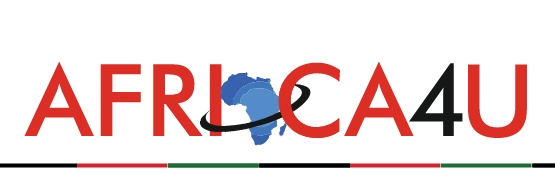(3 Minutes Read)
In a strategic bid to fortify regional energy security and curb reliance on non-African fuel imports, the African Export-Import Bank (Afreximbank) has introduced a USD 3 billion revolving credit facility aimed at helping African and Caribbean buyers source refined petroleum from within the continent.
Announced on 29 April 2025, the initiative is projected to mobilise USD 10–14 billion in intra-African petroleum trade financing over the next three years. It directly tackles the USD 30 billion that African countries collectively spend each year on importing refined fuel, despite abundant local oil reserves.
The facility builds on Afreximbank’s investments in key infrastructure such as Nigeria’s Dangote Refinery, Angola’s Lobito Refinery, and the rehabilitation of the Port Harcourt Refinery. By expanding access to trade finance for governments, state-owned enterprises, and energy traders, the programme aims to channel demand toward domestic refineries and diminish foreign dependency.
It will support eligible African refineries through prepayments, letters of credit, and other trade tools to simplify fuel transactions. This is expected to stimulate investments in shipping, logistics, and downstream value chains.
Read Also;
https://trendsnafrica.com/afreximbank-unveils-plan-for-enhancing-exports-from-egypt/
Afreximbank notes that the programme aligns with the objectives of the African Continental Free Trade Area (AfCFTA), promoting industrialisation, cross-border commerce, and employment. As Africa pivots towards self-sufficient energy solutions amid the global energy transition, this revolving credit facility represents a pivotal step in building resilient, regional supply networks.





